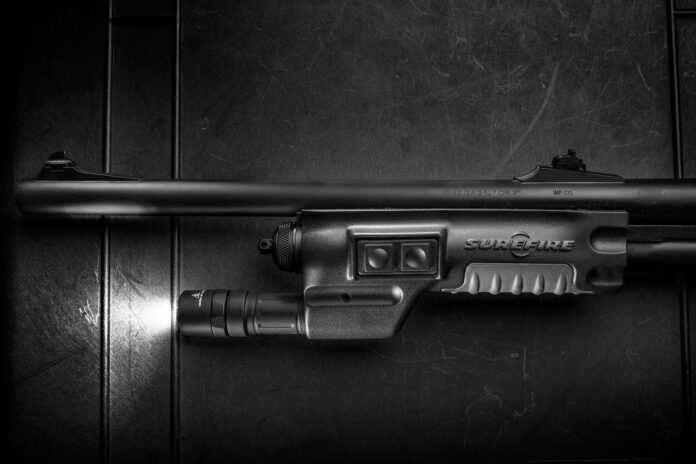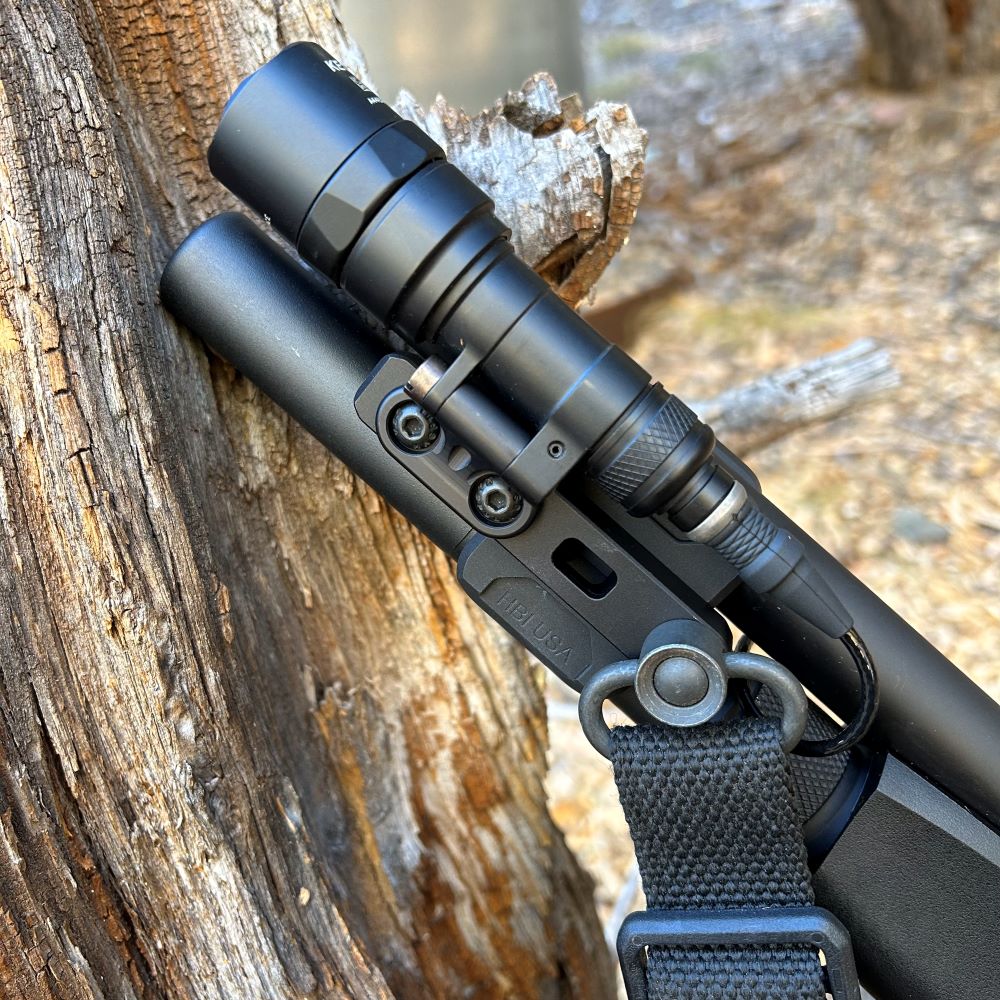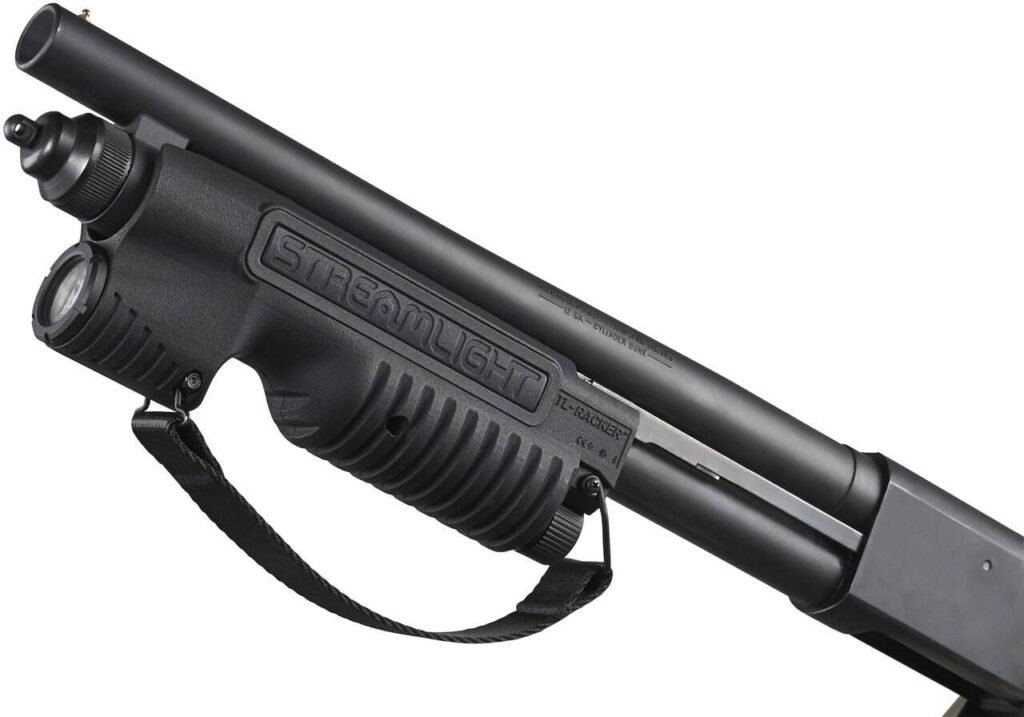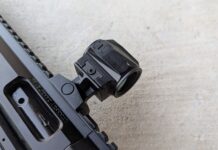
I’m calling this subject matter enthusiast (SME) tips because pro tips seem awfully cringy for me to say. I’m not a pro, but I do tend to shoot a good bit, and I’ve learned a few things on my journey to be better at this whole pew pew thing. Today’s subject matter enthusiast tip concerns shotgun lights and batteries.

Shotguns are weapons with lots and lots of recoil. As a shooter, you can help reduce felt recoil but can’t dissipate it. We might toss in the push/pull style control to save our shoulders and increase our control, but that doesn’t stop the freight train on our guns. Shotgun lights are subject to that recoil.
What’s inside a light? Batteries!
Batteries aren’t made to get beaten up, yet recoil beats them up. This gets exceptionally worse if you mount the light to the pump of a pump-action shotgun. The batteries begin to break, and when they break, they break hard. There is lots of bad stuff in there that can hurt the light and probably the user.
Should You Remove Your Shotgun Lights?
No, not at all. If it’s a defensive weapon, it needs a white light for positive threat identification. My base-level SME tip is to remove the batteries when conducting daylight training. If you are at the range without the need of a white light, pop them out and preserve them.

I’m one dude with one dude’s experiences, but the batteries tend to break during intense training with high round counts. This isn’t a huge concern in a defensive scenario. You aren’t likely to fire more than a few rounds in a defensive encounter, which won’t break your light. With shotguns, the high-round shooting situations are for training and Fallujah.
Drop the batteries for training purposes. If you are doing low light training, I’d even switch batteries during the training, maybe midway through, to keep them from getting too beat up.
Securing Your Batteries
Removing the batteries during high-round-count training is one way to prevent the issue. However, other ways exist to prevent the issue or at least mitigate the problem.

If you are running a pump action, my recommended method would be to get a Surefire DSF. This issue doesn’t seem to affect that light. Surefire likely encountered it when designing the light, so the company seems to have mitigated it. The Surefire DSF is only made for the Remington 870 and Mossberg 500 series shotguns.
Another high-quality option is the Cloud Defensive lights with the battery jack. This was designed to prevent battery bounce, and this also helps them with shotgun recoil.

When you mount a light to your shotgun, you want to mount it to something that doesn’t flex. If the mounting platform is flexible, the light can move more with the recoil impulse. If the shotgun light moves, the batteries move.
You can also reconsider your battery type. Heavier rechargeable batteries get beaten up more than lighter options. Your typical 18650 batteries are nice and heavy and tend to be victims of recoil. Lighter CR123s will still get beaten up, just not as fast. Also, if your light can use them, flat-top batteries tend to be less abusive to each other.
Protecting Your Light
Hopefully, we’ve spelled out a few things about shotgun lights. Batteries are not meant to be abused, and anything involving shotguns is abusive. While you can mitigate the problems through careful gear selection, mounting solutions, and light and battery options, you can also just remove the batteries when you train, and you’ll be fine.



